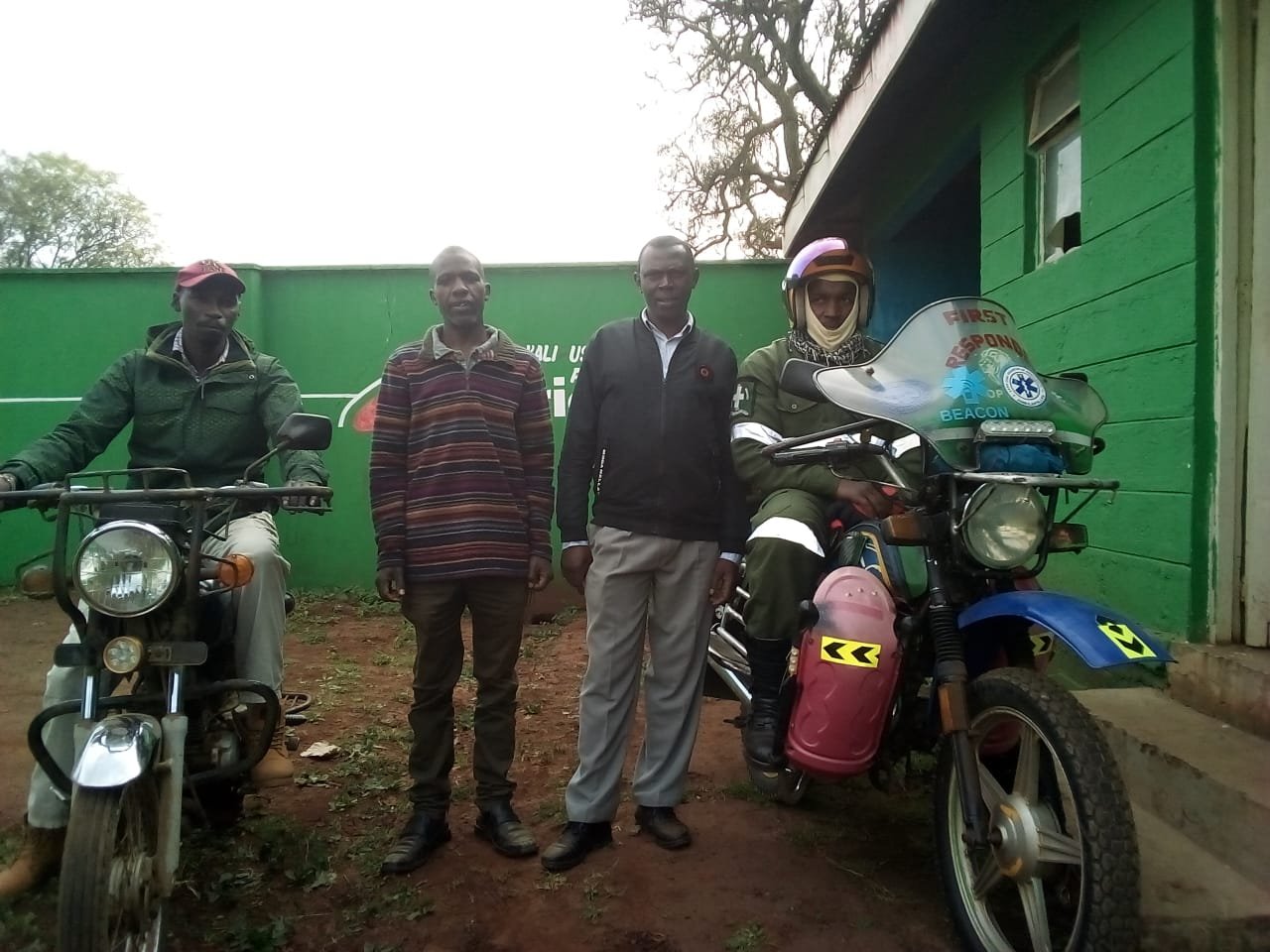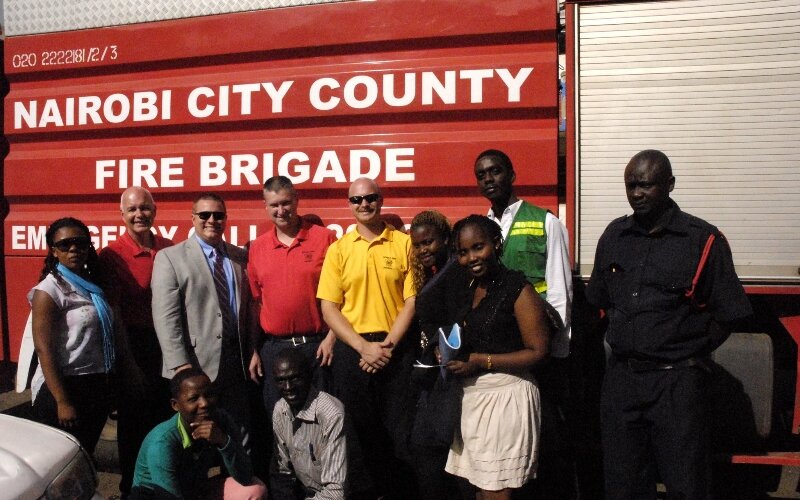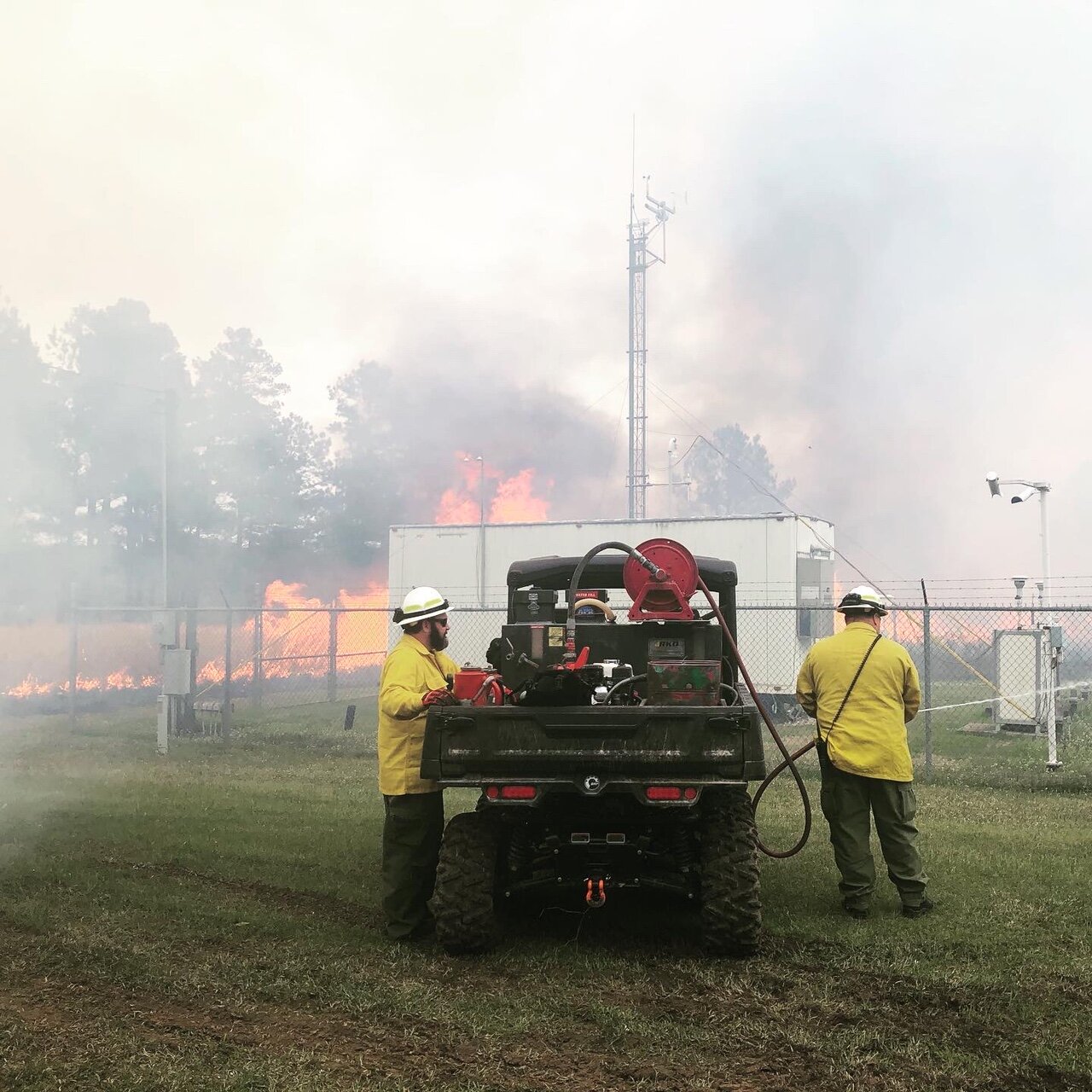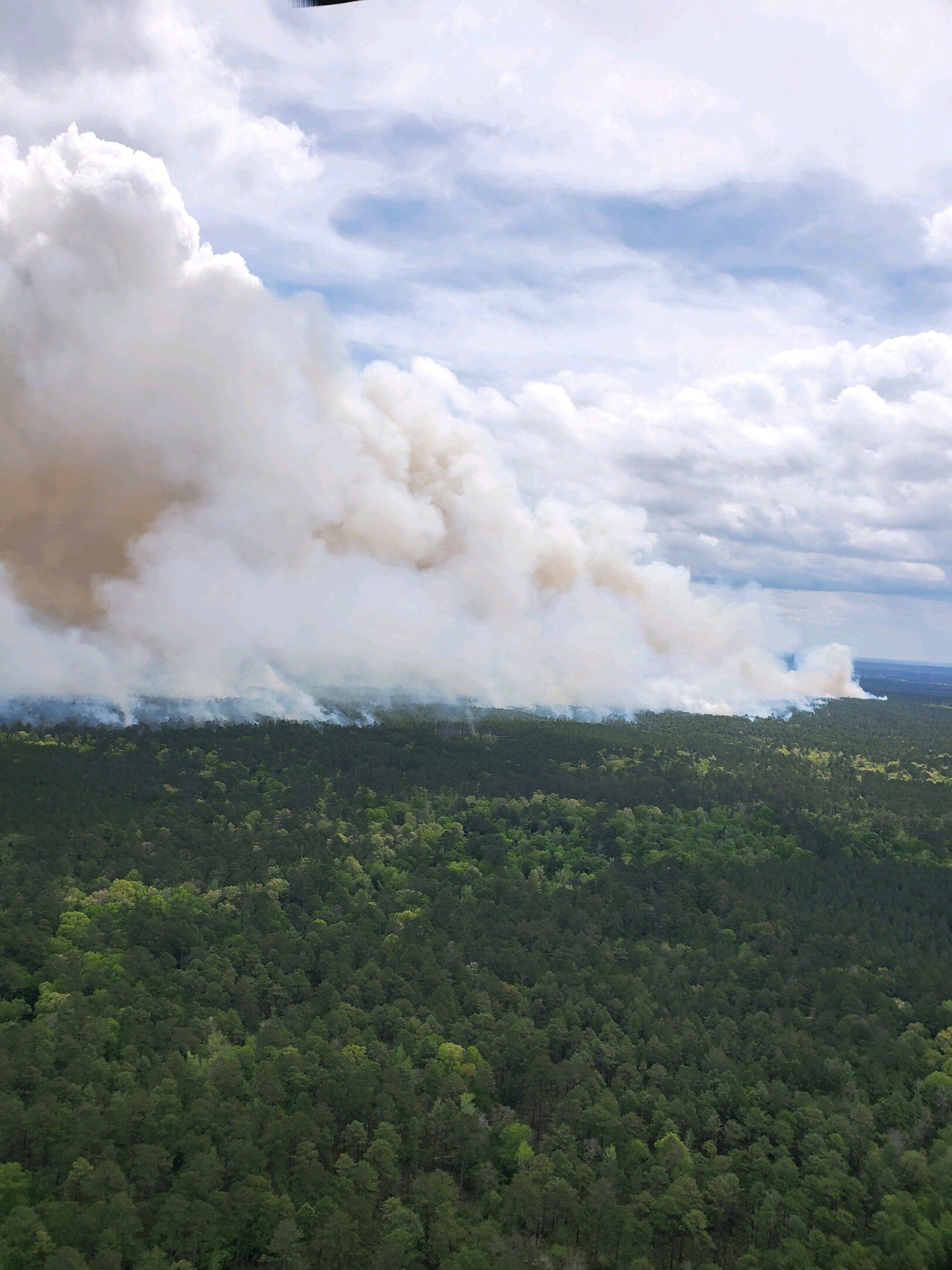by Chief Robert R. Rielage
When I was a much younger firefighter, my Chief once said, “He who doesn’t speak up, is never heard”. These words really sum up the topic of “Advocating for the needs of your Fire Service”. You need to make others, such as your governing council, know what you need to effectively do your job.
This is certainly not as easy as it sounds, but it is part of the job especially for the Chief and your officers.
First, no one understands your needs better than you. You are the officers and firefighters of your department. You see every day what you need to make your service better. The people you serve expect you to respond to countless types of emergencies, give timely safety advice, and perform your duties with dedication, professionalism and without hesitation.
Basically, that type of department requires four things: people, training, equipment and facilities that are all properly maintained and at the ready for you to respond.
Your job is to make sure that there are an adequate number of properly trained firefighters to handle whatever the emergency; that they have the proper personal equipment to safely perform these tasks; and a budget that provides and maintains the personnel, equipment, vehicles and facilities to support your emergency operations.
Is it easy to ask for all of these things? No, but once again, no one but you understand better the needs of your department. So how and who do you contact to express these needs?
The Chief, especially, must know the “politics” involved. Note that this word has a small “p” politics in the sense of how your governing council, mayor, trustee or board of supervisors operates, not the Politics with a capital “P” meaning the dealings of a certain political party affiliation.
We are fortunate in that in the United States, there is a class at the National Fire Academy entitled “Politics and the White Helmet” which clearly teaches the right way to express the needs of your fire department to those individuals or governing body that provides the funding to allow a department to get things done. But at the same time, I’ve never seen a fire department that got everything it wanted – so the Chief or the officers need to prioritize their needs and requests.
In addition to this, I think it is equally important to have a working relationship with the news media: those newspapers, radio or television reporters who come out when there is a large fire, explosion, or a natural disaster that occurs in your response area. Standing in front of a camera or a reporter with a microphone may not be comfortable for everyone. Again, in their absence, the Chief should delegate someone in the department to be a Public Information Officer (PIO).
The PIO is a firefighter or officer authorized to discuss releasable information at the scene of an emergency. Why is it so important? Because a picture or a video with a story about the emergency is worth more than 100 requests for new equipment. There are guidelines that we can discuss in another article or an upcoming training session.
The reporters can also give you some tips on how you should approach an interview, especially when the camera is on.
Some suggestions may include:
: Being in uniform or in your turnout gear – helmet, and coat which tells everyone you are an official representative of the department.
: Having the key points of what you want to say clearly in your mind, e.g. What you saw on arrival (the volume of fire, or the number of vehicles or victims involved) Were there any rescues performed?
: Keep it brief but let the public know what your department did to make resolve the emergency and how quickly that took to bring the incident under control.
The purpose of my article is not to answer all of your questions on how to be an advocate for the needs of your department, but rather to give you a starting point. The first lesson being, if you don’t advocate for the needs of your department, who will?
Stay safe!
About the author Chief Robert R. Rielage, MPA, CFO, EFO, FIFireE, is the former Ohio fire marshal and has been a chief officer in several departments for more than 35 years. A graduate of the Kennedy School's Program for Senior Executives in State and Local Government at Harvard University, Rielage holds a master's degree in public administration from Norwich University and is a past-president of the Institution of Fire Engineers – USA Branch.































































